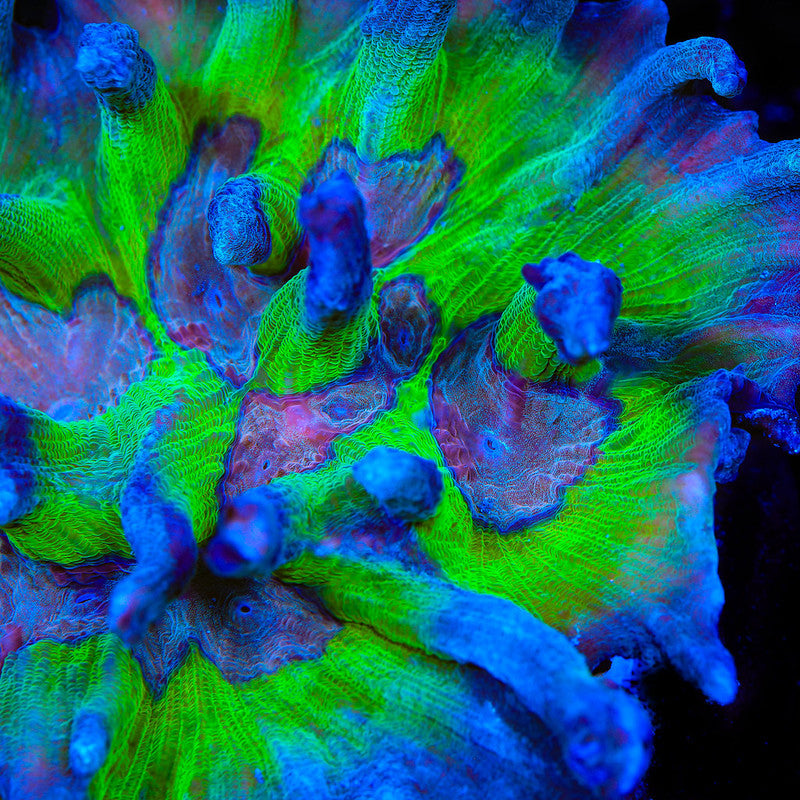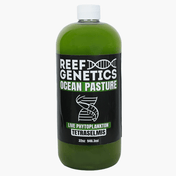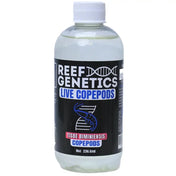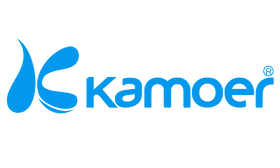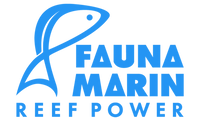Introduction
Pectinia coral represents one of the most visually striking yet challenging LPS corals available to reef aquarists today. These large polyp stony corals, commonly known as Spiny Cup Coral, feature dramatic ruffled plates and vibrant coloration that can transform any mixed reef aquarium into a showpiece display.
Proper pectinia care requires understanding their unique biology, aggressive sweeper tentacles, and specific placement requirements that differ significantly from other coral species.
This comprehensive guide covers everything from basic pectinia setup requirements to advanced feeding strategies and growth optimization techniques. We include specific water chemistry parameters, lighting recommendations, and troubleshooting.
Pectinia corals are considered a difficult coral species that can quickly become expensive mistakes without proper care knowledge. Understanding their special care requirements, aggressive nature, and optimal placement prevents costly colony losses and maximizes the stunning coloration that makes varieties like rainbow pectinia and space invader pectinia highly sought after in the reef trade.
What You’ll Learn:
- Pectinia biology and unique growth characteristics
- Essential water chemistry and lighting requirements
- Strategic placement and target feeding techniques
- Solutions for common challenges like sweeper tentacle aggression
Understanding Pectinia Coral Biology and Characteristics
Pectinia corals are large polyp stony (LPS) corals distinguished by their intricate plate-like skeletal structures and aggressive nocturnal behavior.
These corals form massive ruffled plates with thin laminae (skeletal sheets) that create their signature lettuce-like appearance. The genus includes popular species like Pectinia lactuca, Pectinia paeonia, and Pectinia alcicornis, with the latter producing the highly prized rainbow pectinia morphs featuring multiple vibrant colors within a single colony.
Understanding their growth pattern is critical because pectinia develop irregular spires and valleys that require careful consideration for aquarium placement and space management.
Natural Habitat and Behavior
Pectinia corals naturally inhabit turbid, lower-light environments throughout the Indo-Pacific region, thriving on reef slopes and in lagoons at depths ranging from shallow waters to over 40 meters. This habitat preference explains their tolerance for lower light conditions compared to other corals.
Their most notable behavioral characteristic involves extending powerful sweeper tentacles several centimeters at night to capture food and defend territory. This connects to pectinia care requirements because these aggressive sweepers can damage or kill neighboring corals if proper spacing isn’t maintained.
Growth Patterns and Morphology
Pectinia exhibit slow to moderate growth rates, typically expanding their plate-like colonies outward rather than upward. The intricate branching creates natural valleys and ridges that maximize photosynthetic surface area while providing the coral’s distinctive appearance.
Building on their natural low-light habitat, this morphology allows pectinia to efficiently capture available light and plankton, making them well-suited for placement in the middle to lower portions of aquarium rockwork.
Essential Pectinia Coral Care Requirements
Moving from their natural biology to aquarium care, pectinia corals require stable water chemistry and moderate lighting to thrive in captivity.
Lighting Requirements
Pectinia prefer moderate lighting conditions with PAR values typically ranging from 80-150, making them suitable for lower light areas of the tank. Unlike corals requiring intense illumination, pectinia are sensitive to excessive light and can experience tissue recession if exposed to too much intensity too quickly.
Acclimation protocols should involve gradual light increases over 2-3 weeks, starting with placement in shaded areas before moving to their permanent location. This connects to their natural turbid water habitat where direct sunlight penetration is naturally diffused.
Water Flow and Movement
Gentle to medium water flow works best for pectinia corals, as too much flow can damage their delicate tissue and prevent proper feeding. Variable speed pumps set to low-moderate settings help simulate natural tidal movements without creating excessive turbulence.
Unlike branching corals that benefit from strong flow, pectinia’s plate-like structure can trap detritus in their valleys, making gentle flow essential for keeping the colony clean while avoiding tissue damage.
Water Chemistry Parameters
Stable water chemistry is crucial for pectinia success, with consistency being more important than exact values within acceptable ranges.
Key Points:
- Calcium: 400-450 ppm for proper skeletal growth
- Alkalinity: 8-10 dKH maintained within 0.5 dKH daily variation
- Magnesium: 1250-1350 ppm to support calcium uptake
- Temperature: 75-77°F with minimal fluctuation
- Nitrates: 2-10 ppm to support feeding without excess nutrients
Transition: With proper parameters established, strategic placement and feeding become the keys to maximizing pectinia growth and coloration.
Advanced Placement and Feeding Strategies
Building on the essential care requirements, successful pectinia management requires understanding optimal placement strategies and developing consistent feeding protocols.
Step-by-Step: Optimal Pectinia Placement
For new pectinia additions or relocating existing colonies to optimize growth and prevent territorial conflicts.
-
Location Selection: Choose middle to lower tank positions on stable rockwork with indirect lighting and gentle flow patterns.
-
Substrate Considerations: Ensure the frag plug or colony base sits securely on rock substrate rather than sand, which can shift and destabilize the coral.
-
Spacing Requirements: Maintain minimum 6-8 inch spacing from other corals to account for sweeper tentacle reach, with extra distance for aggressive morphs like space invader pectinia.
-
Monitoring Initial Response: Watch for tissue recession, polyp extension, and feeding behavior over the first 2 weeks, adjusting placement if stress signs appear.
Comparison: Target Feeding vs. Broadcast Feeding
|
Feature |
Target Feeding |
Broadcast Feeding |
|---|---|---|
|
Frequency |
2-3 times per week |
Daily small amounts |
|
Food Types |
Mysis, brine shrimp, coral foods |
Amino acids, liquid feeds |
|
Growth Results |
Faster tissue expansion |
Steady baseline nutrition |
Target feeding typically produces better growth results and enhanced coloration, especially when combined with nighttime feeding schedules that align with natural pectinia behavior. However, broadcast feeding with amino acids provides consistent baseline nutrition for the entire mixed reef system.
Even with optimal placement and feeding, pectinia keepers commonly encounter specific challenges that require targeted solutions.
Common Challenges and Solutions
Understanding these common pectinia care issues helps prevent colony loss and maintains healthy growth throughout the coral’s life in your aquarium.
Challenge 1: Sweeper Tentacle Aggression
Solution: Implement strategic spacing and consider coral placement hierarchy when designing your mixed reef layout.
Space invader and other aggressive pectinia morphs require extra consideration, often needing 8-12 inches of clearance from sensitive corals. Monitor sweeper extension patterns during nighttime and relocate affected corals if damage occurs.
Challenge 2: Light Shock and Tissue Recession
Solution: Always acclimate pectinia gradually to new lighting conditions and watch for early warning signs of photodamage.
If tissue recession begins, immediately reduce lighting intensity or add temporary shading. Recovery typically takes 2-4 weeks with proper care, and the affected areas often regrow if caught early enough.
Challenge 3: Slow Growth and Poor Coloration
Solution: Evaluate feeding frequency and water column nutrient levels to optimize coral nutrition.
Increase target feeding to 3 times per week with high-quality foods, and consider amino acid supplementation. Maintain nitrates between 5-10 ppm to provide adequate nutrients without excess that could harm water chemistry stability.
Armed with these solutions, successful pectinia care becomes achievable for dedicated reef keepers.
Conclusion and Next Steps
Mastering Pectinia coral care requires patience, consistency, and an understanding of their natural instincts. These corals are demanding but incredibly rewarding, responding best to aquariums that mirror their native reef conditions. Stable parameters, controlled lighting, and gentle water movement form the foundation for their long-term success and prevent stress that can lead to tissue recession.
Proper spacing is essential for both the health of the Pectinia and the safety of surrounding corals. Their long sweeper tentacles make them one of the most aggressive LPS species, capable of stinging anything within several inches. By giving them adequate room to expand and adjusting flow to prevent debris buildup, reef keepers can maintain healthy, undisturbed colonies that continue to grow and display their intricate form.
Feeding remains a major factor in unlocking their full potential. Consistent target feedings with nutrient-rich coral foods such as mysis, brine shrimp, or amino acid blends promote stronger tissue and vibrant coloration. When cared for properly, Pectinia corals reward aquarists with striking, sculpted colonies that stand out as the centerpiece of any mature reef aquarium.
